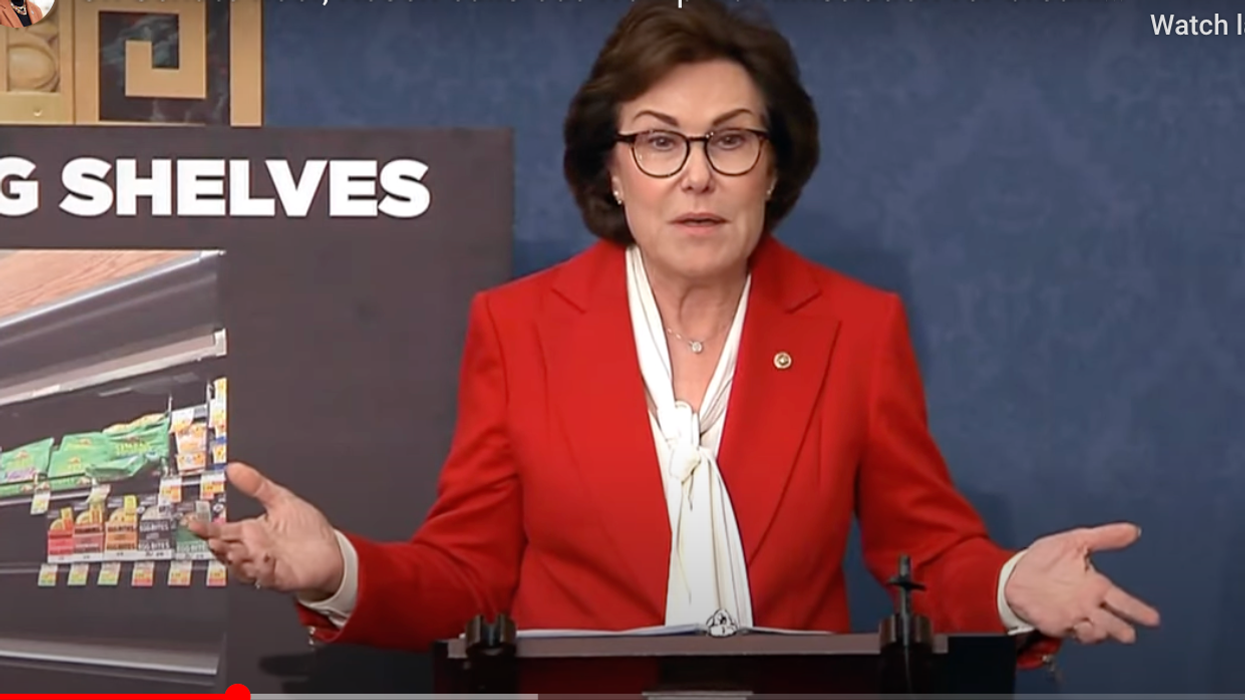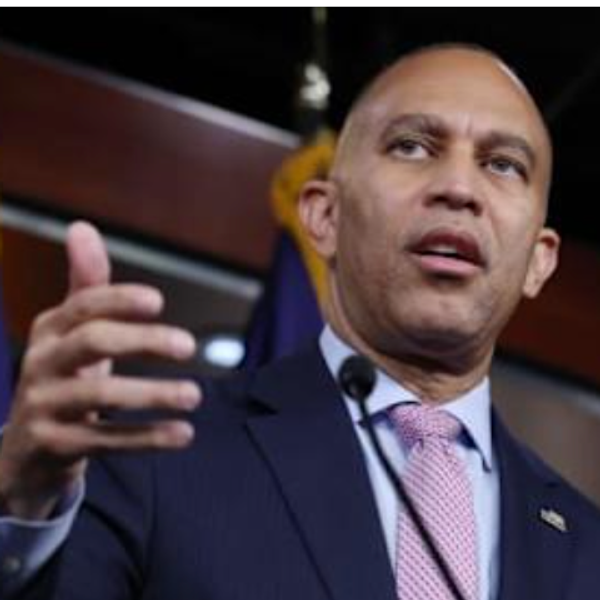The Issue That Won Trump Another Term Is Now His Worst Nightmare
President Donald Trump won in 2024 because of the economy. He promised voters he’d lower prices on Day 1, and people foolishly believed him. But what does he care? A candidate has one job—to get elected—and he managed to do it.
That same focus on cost-of-living issues also powered Zohran Mamdani’s rise from relative obscurity to becoming New York’s Democratic nominee for mayor. He put affordability at the center of his campaign and surged past better-known rivals. It’s a model Democrats will lean on through next year’s midterms and into the 2028 cycle—not only because it works, but because it’s right. If the government doesn’t exist to make people’s lives better, then what’s the point?
That’s why the latest Economist/YouGov poll should set off alarms for Republican strategists everywhere. Nearly one-half of respondents listed top concerns that reflect the basic costs and conditions of everyday life: inflation (24 percent), jobs (12 percent), and health care (11 percent). Those just happen to be the issues where Republicans are weakest.
Trump broke through with some lower-income voters in 2024, seizing on their anger over rising prices. But that anger hasn’t gone away: It has turned back on him. His supporters still feel the pinch, and no slogan or scapegoat will fix that. Inflation is the one issue he can’t talk his way out of, and it’s only getting worse.
Beyond so-called illegal immigration, which remains a reliably conservative rallying cry, the Republican base is restless over economic anxiety. And that’s fertile ground for Democrats. And they don’t have to win over all those restless voters—just a fraction would reshape the map.
Trump’s approval rating remains deeply underwater (38 percent approve, 54 perce disapprove), with many conservatives souring on his performance. Moderates, meanwhile, have largely abandoned him. Among those who voted for Trump in 2024, a meaningful share—15 percent—now disapprove of the job he’s doing. Between disaffected Trump voters and those who stayed home last time, there’s an opening big enough to matter.
Perhaps the most revealing number in the poll shows how people see the economy itself. Only a small minority (19 percent) think things are improving, and even among Trump voters, less than half say the economy is getting better. Normally, partisans rally around their own president, claiming optimism out of loyalty.
Not this time. A significant slice of Trump’s base thinks the economy is heading in the wrong direction. That’s new—and dangerous—for him.It’s no coincidence that roughly one in five Trump voters think the economy is getting worse, disapprove of his presidency, and list inflation as their top concern. That cluster of discontent could be enough to swing close races or, just as crucially, depress Republican turnout altogether.
Add to that a broad majority of independents who think things are worsening, and Democrats have a real opportunity to expand their coalition.
Markos Moulitsas is founder and editor of the blogging website Daily Kos and author of three books.
Reprinted with permission from Daily Kos












